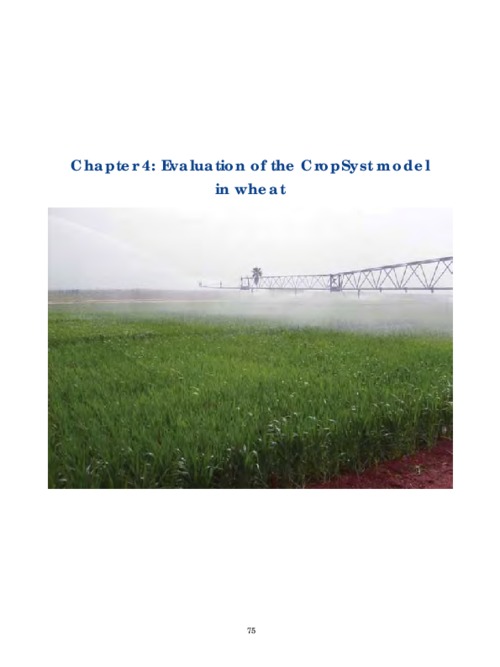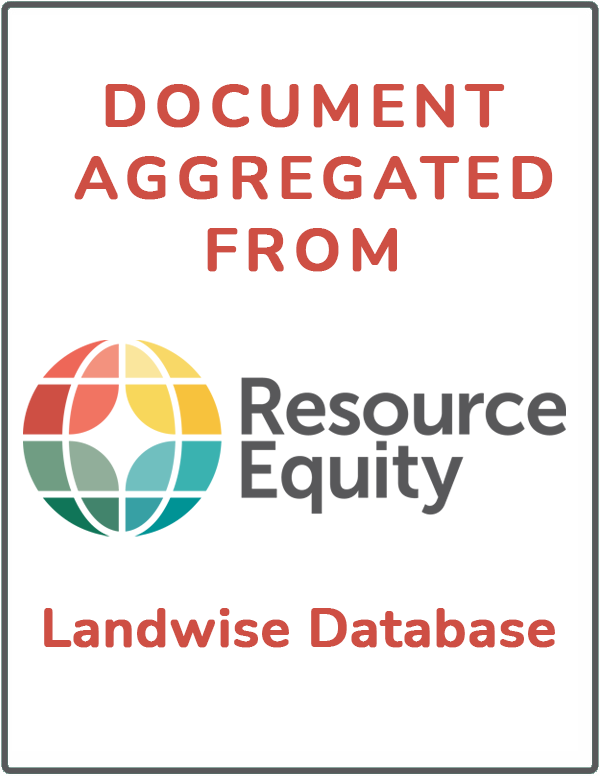In cooperation with the Government of Ethiopia, the Subregional Office of Eastern Africa (SFE) of the Food and Agriculture Organization of the United Nations (FAO) introduced a parasitic wasp to control a fast-spreading aphid pest infestation threatening to destroy cypress tree plantations in…
The best use of irrigation water is reflected in the strategic approach of the Ministry of Agriculture and the major research objectives of institutions working on sustainable irrigation management. Related research programs can be summarized as follows:
• crop water requirements;
•…
CropSyst is the crop growth model chosen as a decision tool for the Tadla Benchmark project. CropSyst is a daily time step simulation model. The model was developed to serve as an analytic tool to study the effect of cropping systems management on productivity and the environment. The model…
Climate change has led to more severe conditions throughout the world as well as in Morocco. In general, rainfall has declined and average temperatures have increased. These new rainfall patterns are threatening water supplies. Fluctuations and reductions in annual rainfall have led to severe…
Le Maroc qui dispose de ressources appréciables en sols, eau et forêts a décidé, dès son indépendance en 1956, de faire de l’agriculture, l’un des piliers de son développement. Il a également su mettre à profit sa double façade atlantique et méditerranéenne, qui recèle un important potentiel…
For mixed cereal-livestock farmers, cereal production provides a bundle of goods.Grain is consumed by the household or sold at market, and crop residues are used aslivestock feed. The straw component of crop residue can be bought and sold at market andtherefore has a well-established local…
The countries in North Africa share an arid and semi-arid environment with high diversity: mountainous areas run alongside maritime areas and desert. The population of the region was estimated at 160 million people in 2005 and is expected to be more than 270 million in 2030. Most of the…
This guide complements the Food Security and Climate Change Challenge Badge activity booklet. The resources and activity ideas are designed to support you and your group and to help you educate children and youth about climate change and food security. The guide contains simple teaching tools to…
The Food and Agriculture Organization of the United Nations (FAO) and several development partners are working together with countries to prepare Voluntary Guidelines that will provide practical guidance to states, civil society, the private sector, academic and research institutions, donors and…
How has citizen action resulted in national policy change in different parts of the world?
This is the full introduction to the edited volume of the book Making Change Happen, published by Zed Books. It includes case studies, such as: Turkey, where a campaign for women’s rights led to a…
The design of public policy related to irrigation sectors in North Africa was often based on the state view. Local farmers' organizations, made up of family farms, did not contribute to building the legal framework, which was in turn unable to propose specific solutions for family farming.…







